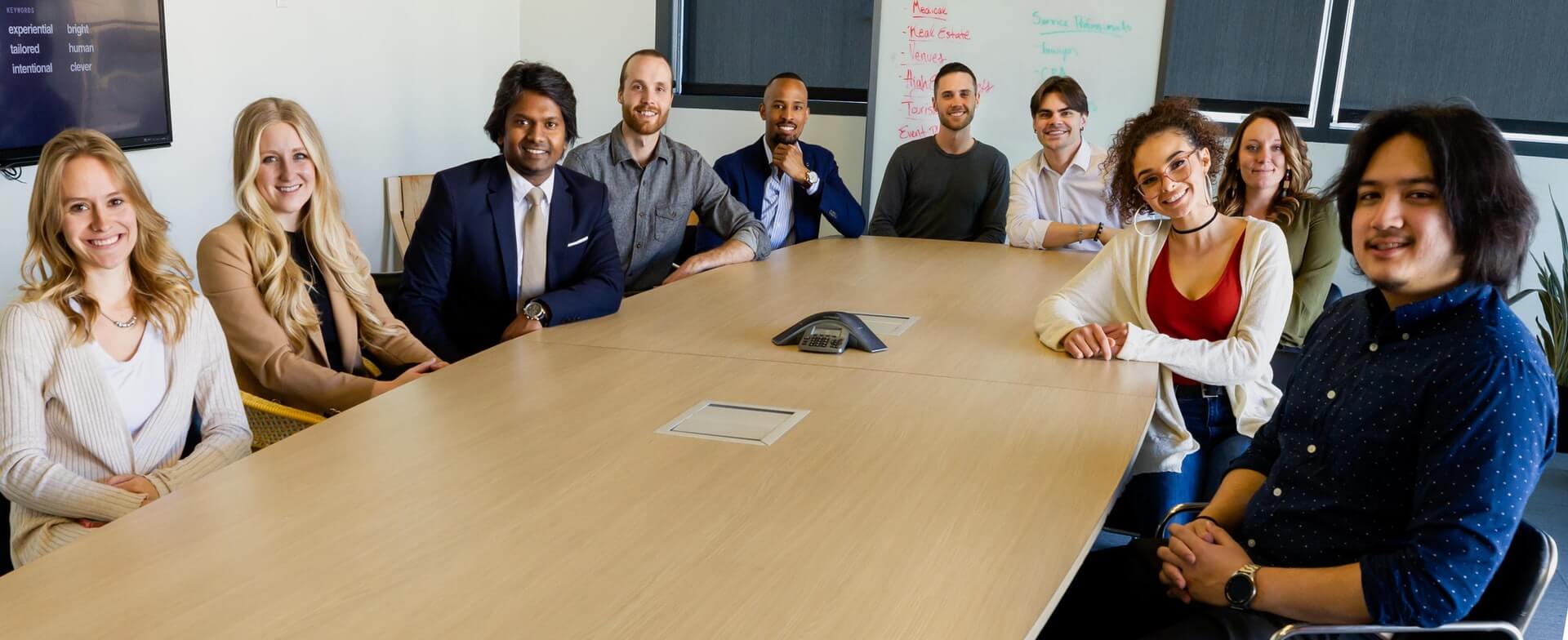The Politically Incorrect Guide to Donors
The donor pool can be (and has been!) sliced and diced in a variety of…
Our content is reader-supported. Things you buy through links on our site may earn us a commission
Never miss out on well-researched articles in your field of interest with our weekly newsletter.

Subscriber
The donor pool can be (and has been!) sliced and diced in a variety of…

When Boards have recurring problems, such as poor attendance, low participation, high turnover of members…

A colleague called me last week, reporting that she had actually spoke face-to-face with one…

The Corporate Secretaries International Association recently released a report, “Twenty Practical Steps to Better Corporate…

Few plans are implemented as intended. That’s one of the reasons that people lose faith…

Finances Are Just a Symptom, Not a Solution When people think of financial sustainability, they…

Over the years, I’ve noticed four common types of “broken” Boards. One of the ways…

Why a Policy for Making Decisions? How often have you heard Board members assert that…

Too Often, What We Call a Program, Really Isn’t If you spent the day guiding…

Over the years, I’ve noticed that when things get really tough or it’s difficult to…

OD vs. Training – Or Is It? I’ve watched over the years as various fields…

from guest writer Carter McNamara of Authenticity Consulting, LLC Many Coaching Models Have Certain Approaches…

Far too often, organizations choose the wrong approach to strategic planning. As a result, strategic…

On which side of philanthropy’s great divide do you stand? More importantly, where do your…

Experts often have very strong beliefs and feelings about what should be the extent of…

It seems that the two phrases “strategic planning” and “business planning” are used interchangeably, much…